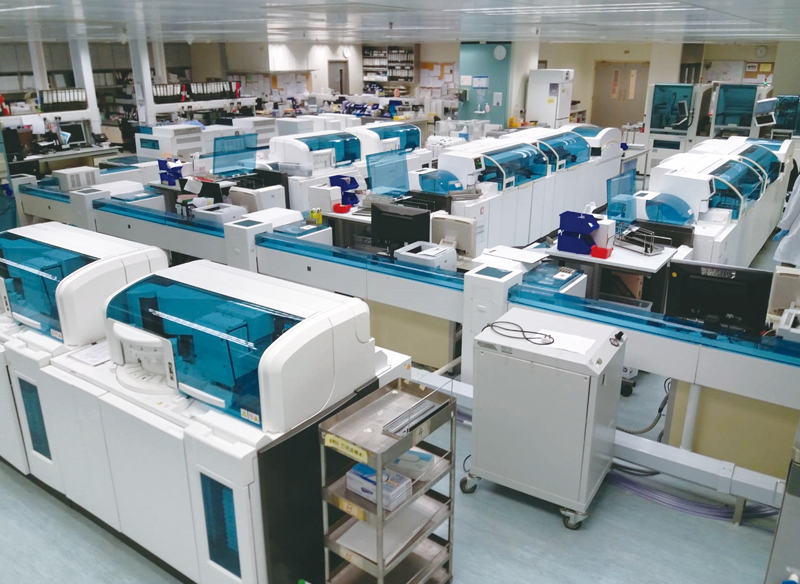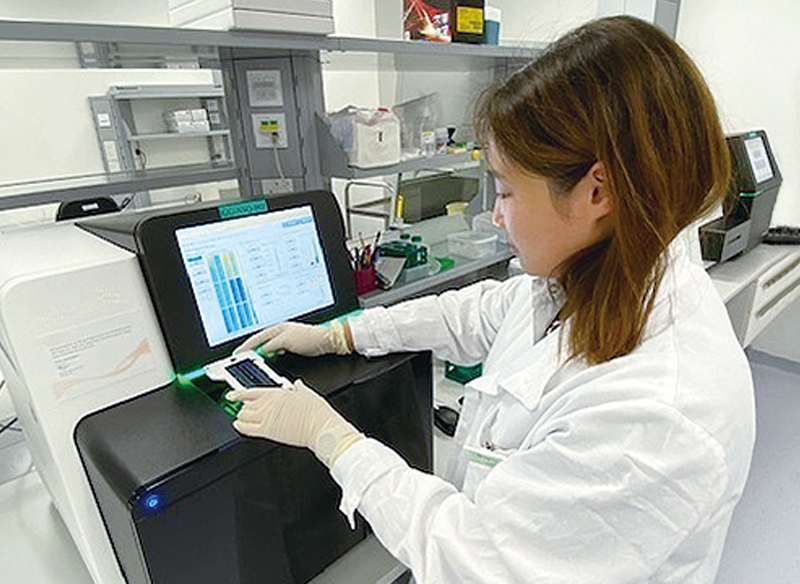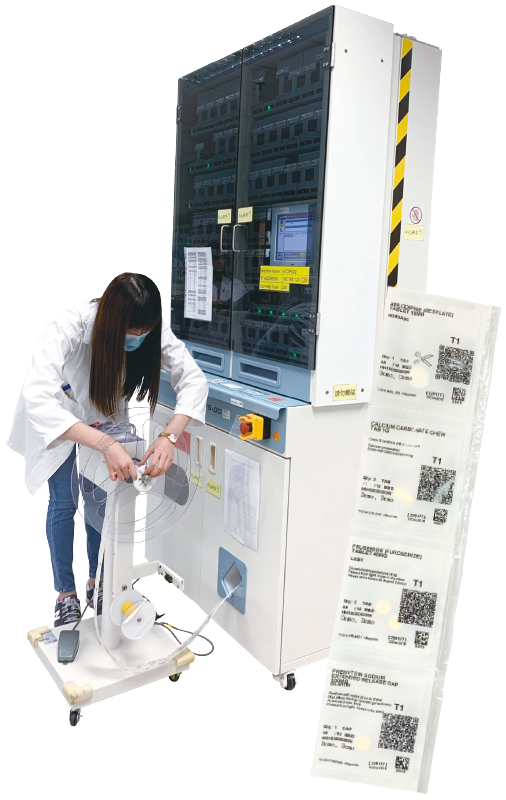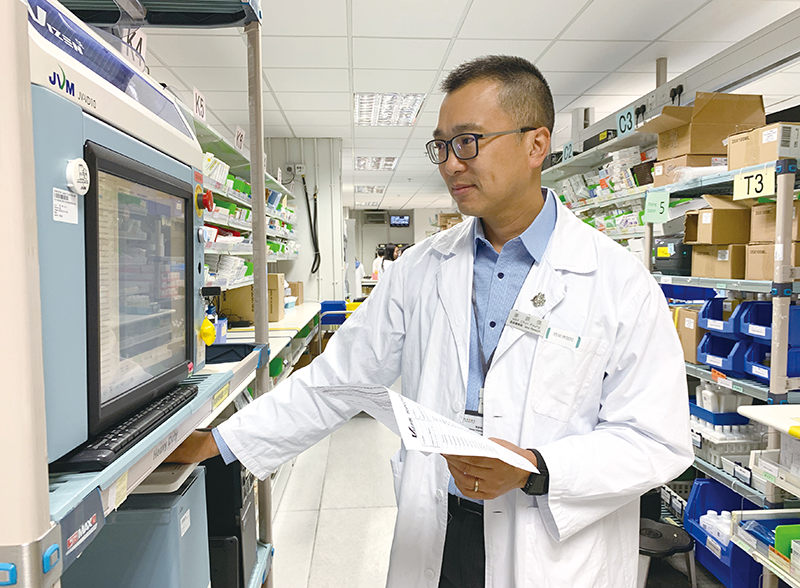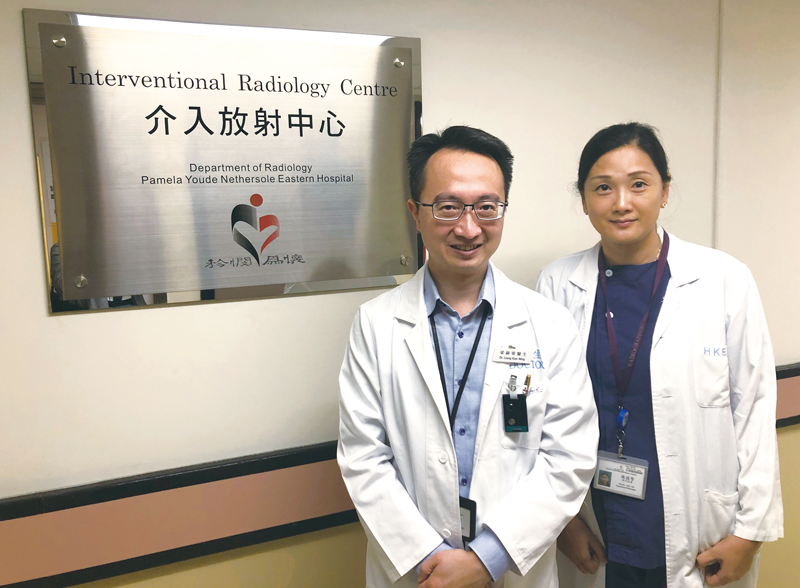New funding to improve service quality through technology upgrade
The 2019-20 Government Budget has announced the allocation of extra HK$5 billion for Hospital Authority (HA) to timely acquire and upgrade medical equipment in order to keep up with contemporary standards of medical care and enhance the quality of patient service.
To be incorporated into Capital Block Vote, $5 billion will cover medical equipment items costing over $200,000 each. Through the current mechanism, HA conducts health technology assessment on the introduction of new technology items. Cluster management considers various factors, deliberates and formulates annual medical equipment requirement plan to meet clinical and operational needs, and also ensures that new technology introduced will improve clinical outcomes in a cost‑effective way. Quality and Safety Division of Head Office encourages colleagues to discuss with department management and propose new technology or equipment which can enhance the delivery of quality healthcare services.
Unit-dose dispensing system speeds up distribution of drug
Tseung Kwan O Hospital (TKOH) has introduced Automatic Medication Unit Dose Dispensing System (AMUDDS) for the distribution of inpatient medication since mid-2017. Instead of dispensing three-day-dose pack of each type of medicine, medicines are now machine-packed into unit-dose bags. The new system improves the efficiency and safety of medicine dispensing, order verification and distribution. Also currently used in United Christian Hospital of Kowloon East Cluster, the system will be extended to Haven of Hope Hospital next year, and gradually to other hospitals through Capital Block Vote fund bidding exercise.
The pharmacy at TKOH dispenses medicines for about 630 inpatients every day. Before the implementation of AMUDDS, the pharmacy dispensed medicines for three days based on doctor’s prescription. Medicines would then be stored in the medication trolley in ward after pharmacist’s verification. Each time when drug is administered, the nurse had to count the quantity of medicine for each patient manually.
With the use of AMUDDS, 83 regularly used oral solid medicines contained in the system are machine-packed into unit-dose bags for daily administration. Take a patient prescribed four painkillers a day (once per four hours) as an example. The system dispatches four unit-dose pouches in a stripe and then goes through automatic verification before sending them to ward. The nurse just needs to distribute ready-to-administer pouches directly to patients.
“The AMUDDS enhances efficiency and reduces dispensing error by 44%,” says Mak Chun-keung, Senior Pharmacist. Whilst the time for dispensing drugs and checking is cut by 32%, nurses save 40% time in sorting drugs to drug trolley. Overall, the time for drug administration round drops by 24%.
First Angio-CT system to commence service in HK next year
The first Angio-CT system in Hong Kong will be put into service in Department of Radiology of Pamela Youde Nethersole Eastern Hospital in the second quarter of next year. With multiple-mode images, the new technology provides clinicians with better confidence in performing seamless diagnostic investigation and treatment for patients requiring interventional radiology procedure.
“Currently, there is only one angiography system in Hong Kong East Cluster. It has already reached service capacity limit,” says Grace Chan, Department Manager of Department of Radiology. To meet service demand, her team proposed to bid a new angiography system with additional manpower and resources in the annual Resource Allocation Exercise of the Government through 2018 Annual Plan.
“During the planning process, we liaised with colleagues from different departments to identify a suitable location for the new machine. Just before procurement started, we learnt about the allocation of additional $5 billion for advanced technology. We seized the opportunity to revise our proposal to an Angio‑CT system, which integrates CT scanning and angiography in one machine. The installation site was reassessed by surveyor and the new proposal was finally approved.”
“Angio-CT system performs two functions in one using a common patient table,” adds Dr Warren Leung, Consultant of Department of Radiology. He illustrates the benefit of two-in-one Angio-CT machine with the example of treating an acute ischemic stroke patient. Such a patient requires minimally invasive surgery to remove blood clot in the blood vessel. Now, the patient has to be transferred in between the emergency room, CT suite and interventional angiography suite for diagnostic investigation so as to remove blood clot. The new Angio-CT system provides one‑stop solution which improves clinical efficiency and outcome.
COVER STORY
● Treasure trees of life with respect
● Saplings with blessings bright up lives
FEATURE
● New funding to improve service quality through technology upgrade
● Win patients’ heart with thoughtful ideas
● Retiring Chairman salutes to colleagues’ dedication
● Hospitals as sanctuaries of faith and hope (1)
● Hospitals as sanctuaries of faith and hope (2)
WHAT'S NEW
● Recommendations submitted to the HA Board on streamlining management processes
● Novel measures to cope with winter surge
● Battle against antimicrobial resistance
HELEN HA
● Happy share on Staff Co-op Shop’s new double joys
STAFF CORNER
● Check in @ 28.5m graffiti wall #KCH

